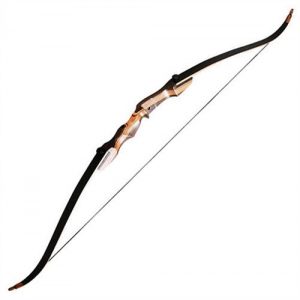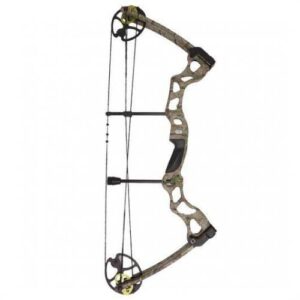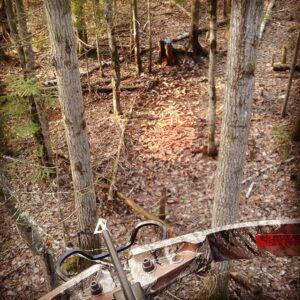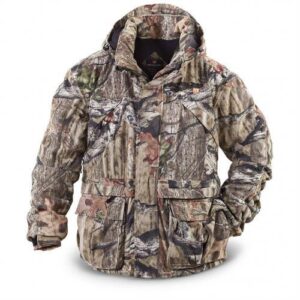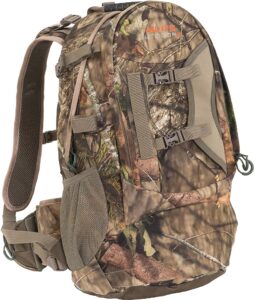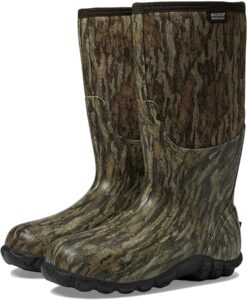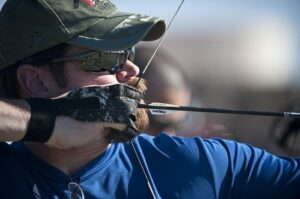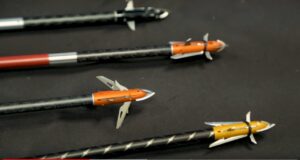The bow has evolved from being a weapon for hunting to being a primary implement for the sport of archery. With its evolution has come a variety of bow accessories, each with its own functionality and advanced technology as well. From among the many on sale, we find the following to be must haves for a genuinely enjoyable hobby or sports experience.
Bow Sight
Improving the accuracy of the hunter, the bow sight helps ensure a quick and clean kill so the game animal doesn’t suffer. Compound bow sights or Crossbow scopes can have different features and designs across various models, and it is best to get a bow sight that is suitable for your needs. Ai its most basic structure, a bow sight comes with a long cylindrical tube, at one end of which is an eyepiece with an ocular lens. If the sight has zoom functions, it will have a power ring that enables zoom adjustment. An elevation and windage adjustment can be found in the middle of the body. At the end is an objective bell encasing the second lens.
You can get a reticle scope, which can either be optical (cross hatch) or multi-reticle (cross hatch with fine lines) type Red dot scopes come in either single red dot (one dot) or multi-red dot (several dots) variety. You can also go for laser sights.
Arrow Rest
Choosing the right arrow rest for you is more a subjective thing than anything else. Depending on your shooting style as well as your personal preference (to some degree), you can get the arrow rest that is suitable to you. Arrow rests come in three designs namely, shoot- through, containment and drop-away. The shoot-through rest used to be the most popular, with its simple design and installation. It is a reliable device that is also easy to use, with two spring-loaded prongs and adjustable spacing. The arrow should be pointed downward with this kind of arrow rest, allowing the projectile to pass between the prongs.
The containment/ capture rest won’t have the projectile slipping out of it thanks to its design that encircles or captures the shaft on at least three sides, effectively containing the arrow till it is released. Perfect for novice shooters, the capture rest reduces the chance for mistakes during shooting. Drop-away rests, sometimes called fall-away rests, carry a design that has the, fall or drop away, thereby not touching the arrow in any way upon release. This feature addresses concerns on fletching clearance, allowing even the most radical helical fletching to get propelled untouched.
Archery Target
With modern crossbows capably dumping a huge amount of kinetic energy into the downrange of your target, it has now become more challenging to purchase a proper archery target. Fortunately, archery targets have also taken advantage of technology to help you practice for maintaining your proficiency in the hobby or sport. There are four types of archery targets on the market.
A 3D competition target can be purchased in a variety of sizes, shapes, positions and proportions. Mimicking an actual game animal in the woods or water, the 3D competition target is engineered to stay solid against an onslaught of arrows, even on a daily basis. Ideal for practice, competition and similar activities, 3D competition targets should have reliable scoring rings upon which you can keep track of your proficiency, using either one of two specifications namely, ASA and IBO.
3D practice targets come with a reasonable likeness to your target, providing you the ultimate tool for developing your shooting skills. You will want a 3D practice target to come with a replaceable core, which eliminates the need to get a new complete archery target when it is just the vital target area that has worn out. Foam layer block targets are one of the most durable and economical on the market. Portable and lightweight, they come in different styles but utilize the same simple target designs that are able to easily stop a razor-sharp broadhead as to arrest a field point. The fiber-filled bag target enables easy arrow removal after shooting. Able to support even the most powerful crossbow systems, bag targets are not the lightest ones on the market and are not designed to handle broadheads.
Quiver
A quiver is designed to hold your arrows, so you need one whether for competition or hunting. Quivers come in a variety of designs and types, helping you simply choose the one that suits your shooting style. Side or belt quivers can have a pocket design that fits into a back pocket, in either the backward orientation (field quiver) or the forward orientation (target quiver). This type is preferred when you wouldn’t want to be bothered with having to reach up to pull an arrow from a back quiver. That being said, a back quiver can be designed to offer left-handed, right- handed and ambidextrous access as well as diagonal strapping against your chest.
Designed as a metal stand stuck on the ground, a ground quiver features a round loop plus a hook to accommodate the bow. Popular in tournament archery, ground quivers do not require you to carry the arrows around with you. Bow quivers are mounted on the crossbow and can either be detachable or permanent fixtures on your weapon. They offer convenience and speed.
Bow Stabilizer
A bow stabilizer does more than just reduce bow vibration and noise. Its more important function is to help keep the bow stable and steady when shooting. Built with a dampening device, the bow stabilizer can have a dampening component made of a type of sand, gel or rubber, with rubber being the most common. The stabilizer should deliver proper transfer of vibration away from the bow and off the end of the component, ensuring the effectiveness of the dampening device. Like on high-end target rifles, good quality crossbows feature a stabilizer weighted on the front end, where it is furthest from the bow. This serves as a good counterbalance to keep the bow stable during shooting.
With a weighted front end, the stabilizer can easily combine with a rubber dampening device right behind it to effectively cancel out noise and vibration. Long stabilizers are preferred by target archers thanks to how they deliver huge stability during shooting. For bowhunting, you may not need too much length because of shooting conditions and requirements but the additional length may still prove to be beneficial at some point.

